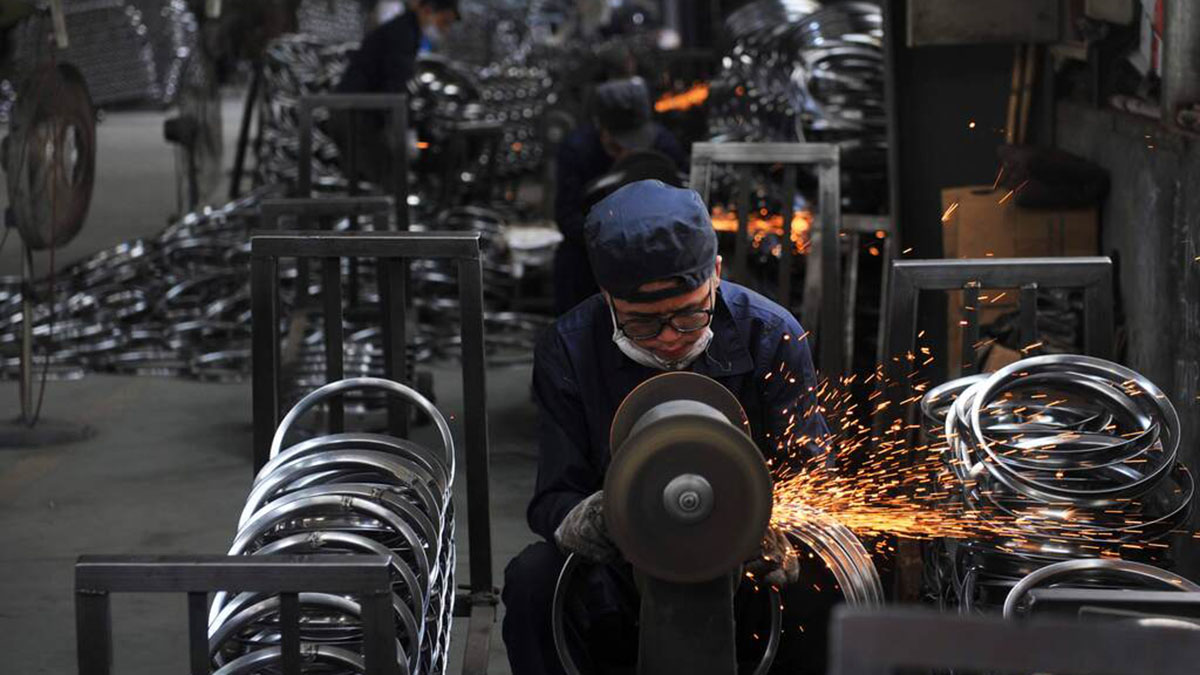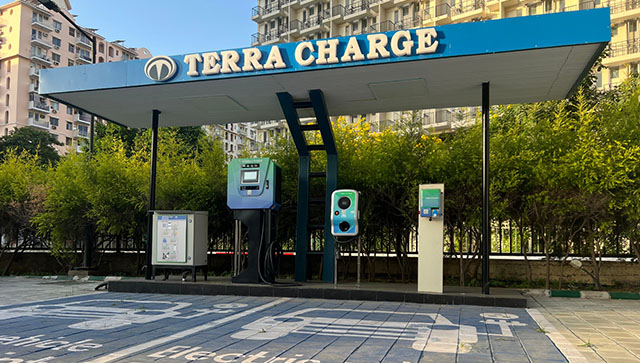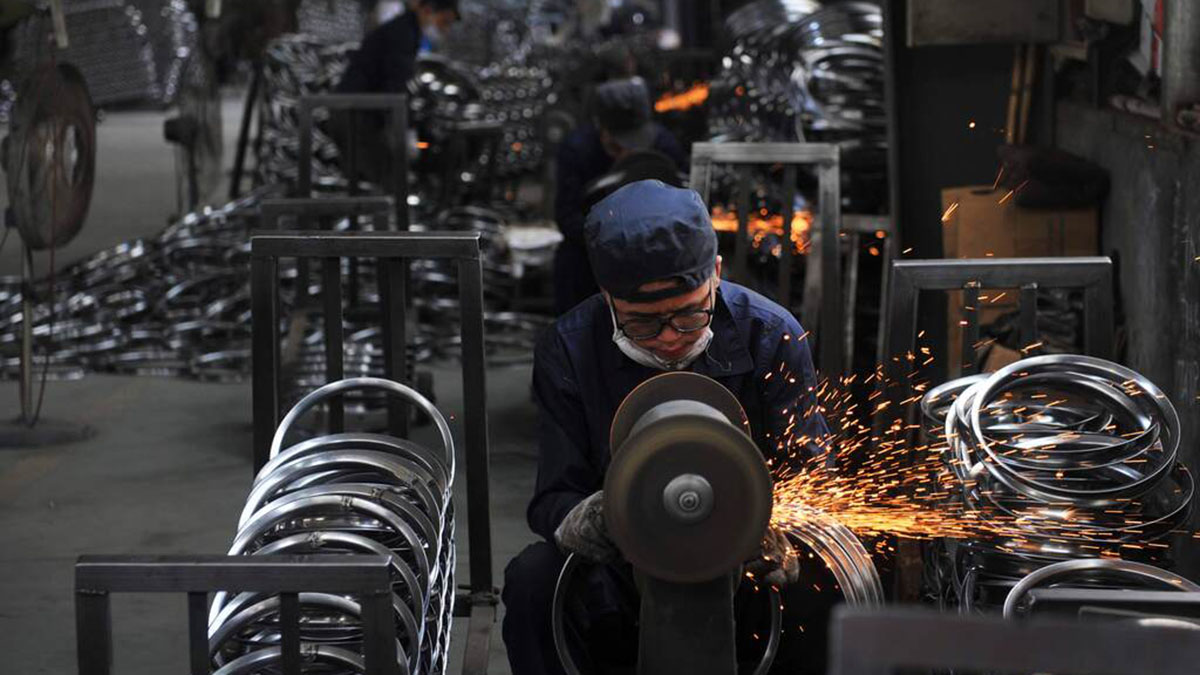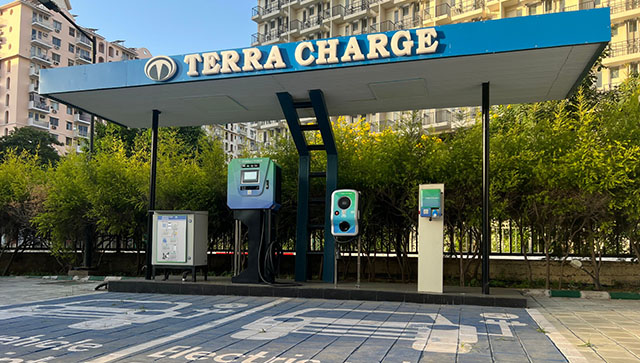Aha! Just as I thought.
People out there want to learn more about taking better control over their digicams, but the damn guides all over the place just fill your head with unnecessary and confusing jargon. Anyone can tell you how to talk the talk, but my purpose here is to show you how to walk the walk. So before I jump into mindless faffing modes, let’s get to the point.
If you missed the last feature I did on this series, then you should probably check that out first. There I have explained the basics about what shutter speed and aperture size is and how you can make it work for you. If you’ve gotten the hang of these concepts (and you will with a little trial and error), its time to move on to a few other secondary, but essential concepts that will help you take pictures that will woo the hearts of women and make you a champion among men… or at least make your photos look better.
ISO Sensitivity
The Idea:
Yep, it’s the same ISO as International Standards Organization. The thing is they had created a standard for the sensitivity level of camera films in relation to the amount of exposure time they need to form a picture. The same concept has been carried forward to the digital sensors in your cameras now.
Besides the FYI above, what to need to know is that the high ISO sensitivity levels are better suited for dark environments and lower ISO levels are better suited for well lit areas.
The thing is that when you use a lower ISO level, the camera’s sensor needs a decent amount of exposure (depending on the lighting conditions) in order to form an image on it. If you use low sensitivity like ISO 80 in broad daylight, even a high shutter speed with give the sensor enough exposure to form an image on it, which makes it a great option for brightly lit areas. But if you use that same sensitivity level in a dark area, the camera will require a much lower shutter speed to form an image, which would be hard for a regular user unless he’s using a tripod and shooting a still subject.
This is why in dark areas you can go to ISO levels like 200 to 400 depending on how dark the lighting is, which can form an image at even higher shutter speeds, reducing the chances of a blurry image.
So you may ask, why not shoot at a high ISO level and high shutter speed all the time, and eliminate any chance of camera blur in any condition. But then I’d probably give you a tip about how life is not fair and then give you the actual reason why it’s a bad idea to do that, which is – As you increase the ISO sensitivity, the sharpness and the overall quality of the image goes down. So while an image shot at ISO 80 will look sharp and have deep colors, an image shot at ISO 800 will probably have some digital noise, watercolor-like uneven lines and bland colors.
Image shot using high ISO sensitivity
It all depends on the camera’s sensor, how well it handles higher sensitivity levels. So while an SLR camera may give you sharp images even at ISO 800, a consumer camera may plague the image with digital grain at that setting.
__PAGEBREAK__
Accessing the Feature:
Though this feature may not be accessible in the camera’s auto mode, most cameras give you access to this feature in the scene/shooting modes, custom modes and manual modes. If your camera doesn’t offer you this setting then chances are that it’s strictly a point and shoot model and probably doesn’t like the feel of human touch either.
Practical Use:
If the concept is still a bit unclear to you right now, then I’ll give you some basic guidelines you can use.
For a brightly lit area like the one above, shooting at ISO 80 or ISO 100 should give you the best results.
Indoor lighting can be kind of tricky. If the area indoors is very well lit like the one above, then ISO 100 should suffice.
But in a not-so-well lit indoor area, you may want to step up to ISO 200.
In dark areas like this one, you should probably start from ISO levels 200 and see if you can keep your hands steady enough for a still shot, if not, then you can try going to ISO 400 or ISO 800.
Avoid using ISO 1600, as its very rare for a camera to give a decent result at that high sensitivity levels. That level is usually put in by camera manufacturers just so they can boast about it in the camera’s marketing, so look beyond the hype.
The Fun Part:
If you have a patient subject and a still surface to keep your camera on, then try shooting at the lowest ISO level under different lighting conditions to get the images that look this deep.
Low ISO used in soft, cloudy light
Low ISO and high shutter speed used to give the deep look
__PAGEBREAK__
Exposure Compensation
The Idea:
Unless you’re shooting in manual exposure mode, when you press your camera’s shutter down halfway, it analyzes the light falling on the area in focus and accordingly adjusts the camera’s exposure. But there are times when the light that it sets the exposure level to is not the accurate lighting level of the subject, but some other object in the surrounding instead. This is one of those cases where exposure compensation helps.
Using exposure compensation, you can set the camera to overexpose or underexpose the image at the time of shooting, so that you get the exposure you need.
Though its a great feature, it’s not something you necessarily need to use for every shot you take, so it’s more of of an adjustment you make, when things are not looking right.
Accessing the Feature:
The good thing about Exposure Compensation (EV) is that you can use this option in any shooting mode, including automatic. In fact a lot of cell phones have this option too so you can take advantage of this function with just about any camera out there.
This feature can be usually found in of the quick access menus that your camera may have to offer. It may be represented by a bar with numeric values ranging from -2 to 2 EV. You have to adjust the exposure compensation before you take the shot.
Practical Use:
Take the image below for example. Though the image is pretty clear overall and everything in the image are easily visible, it’s still a bit underexposed because the camera failed to adapt itself to the right lighting conditions.
With the exposure compensation set to 1.5, the same subject looks a lot brighter and more vibrant due to that slightly extra exposure compensation.
Same thing goes for this flower that looks overexposed because of the camera’s inaccurate light measurement.
By setting the exposure compensation to a negative EV, the flower’s exposure looks a lot more accurate.
The Sequel Ends
I’m sure by now all this may seem like a painful task – choosing the right ISO sensitivity level, setting the shutter speed and aperture size to suite the lighting conditions. But trust me, with a little practice, all this will soon become second nature to you and you’ll be ale to manipulate the settings in a matter of seconds. Consumer level digicams these days offer you a pretty good preview of what the end result will look like once you’ve applied your settings, so you have more than enough help on that front.
Don’t let the machine decide what will make your picture look good. It’s your composition. Take control of it as an artist, and you’ll shoot nothing short of masterpieces. Good Luck!


)




)
)
)
)
)
)
)
)